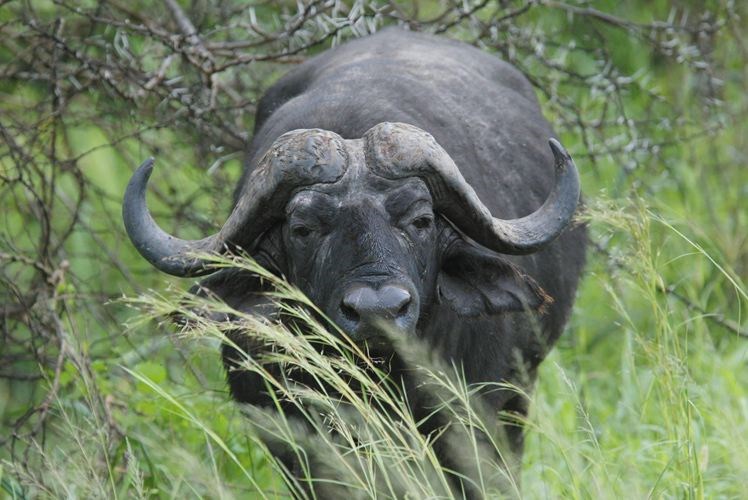"Few people have the chance to find themselves on the cusp of a truly historic transformation... On one hand, we have known for many years that we are driving the planet to the brink. The astonishing decline in wildlife populations shown by the latest Living Planet Index - a 60 per cent fall in just over 40 years - is a grim reminder and perhaps the ultimate indicator of the pressure we exert on the planet. On the other hand, science has never been clearer about the consequence of our impact."
These are the opening lines to the 2018 Living Planet report by the World Wildlife Fund. Involving 59 scientists from a variety of disciplines around the world, it is a fairly bleak view of the world we live in.
On the other hand, a recent report in the Journal of Mammalogy entitled "How many species of mammals are there?" makes the point that over 1,000 new species of mammals have been discovered in the past decade. In 1993, the total number of mammal species was 4,631. By 2005, it had increased to 5,416 and by 2018, the number was 6,495.
How can we reconcile these two reports? Don't they contradict?
The answer is no. One is discussing the total animal population - the total mass of animals, if you like - while the other is an assessment on the number of varieties. As scientists continue to scour the globe, they are finding new species of animals all the time. This has been aided by the latest advancements in genomic research as we can now examine DNA to make distinctions.
But the actual number of mammals on the planet is on the decline if we exclude humans and domesticated species. This is made apparent in a rather sobering passage from Yuval Noah Harari's book Homo Deus, when discussing the Anthropocene.
He points out there are 300 million tons of humans and 700 million tons of domesticated animals compared to just 100 million tons of large wild animals (defined as weighing more than two kilograms).
He goes on to say "Altogether about 200,000 wild wolves still roam the Earth, but there are more than 400 million domesticated dogs. The world contains 40,000 lions compared to 600 million house cats; 900,000 African buffalo versus 1.5 billion domesticated cows; 50 million penguins and 20 billion chickens. Since 1970, despite growing ecological awareness, wildlife populations have halved..."
He points out that at the beginning of the industrial revolution, the numbers were much different with humans and their domesticated species making up only 10 per cent of the large animal biomass on Earth. Indeed, in ancient times, lions inhabited southern Europe and millions of bison roamed the plains of North America.
Where does this leave us?
There have been five mass extinctions on Earth where more than 75 per cent of the species alive have disappeared from the fossil record over relatively short periods of time.
Some declines, such as the Cretaceous-Paleogene extinction event 66 million years ago, appear to be almost instantaneous in the fossil record.
Others have occurred over the space of 10,000 years. But in each case, there was a loss of both the total number of animals - the biomass - and the diversity of species.
We are not quite there yet in species loss but we are certainly well on our way to a mass extinction with respect to biomass. And it is not just mammalian creatures.
For example, wildlife populations in rivers and lakes have fallen 83 per cent. Central and South America have seen an 89 per cent drop in vertebrate populations. And 50 per cent of plants have been destroyed since the beginning of civilization.
For the scientists involved, the facts speak for themselves and are a clear call for action.
Indeed, the Living Planet report asserts we are the last generation able to save the planet and calls for a Convention on Biological Diversity.
But when I look outside, I see forests and plants. I have deer walking down my road at night and rabbits hopping around in the morning. It is hard to see the global effects when looking at a small scale and, for most of us, the small scale is the most apparent.
Yet it is the entire ecosystem which sustains life on this planet. The oceans provide oxygen. The animals provide biodiversity.
The whole system is a complex equilibrium and the one thing chemists know for sure about equilibria is that altering them changes the set point. In this case, not for the better.
To quote Harari again: "Homo Sapiens have rewritten the rules of the game. This single ape species has managed within 70,000 years to change the global ecosystem in radical and unprecedented ways... our impact may surpass that of the asteroid that killed off the dinosaurs 65 million years ago."
What does the future look like? The choice is ours.



